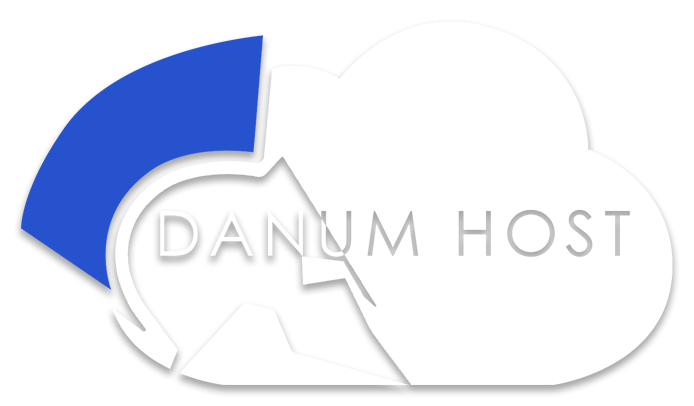To install plugins in WordPress, you can follow these steps:
-
Log in to your WordPress dashboard using your admin credentials.
-
Once you're logged in, navigate to the "Plugins" section on the left-hand side of the dashboard menu and click on "Add New."
-
On the "Add Plugins" page, you'll see a search bar on the right-hand side. You can search for a specific plugin by entering its name or keywords. Alternatively, you can browse through the featured plugins or popular plugins.
-
After entering a search term or selecting a plugin, you'll see a list of matching plugins. Look for the plugin you want to install and click on the "Install Now" button next to it.
-
WordPress will start downloading and installing the plugin for you. The installation process usually takes just a few seconds.
-
Once the installation is complete, you'll see an "Activate" button. Click on it to activate the plugin on your website.
-
Congratulations! You have successfully installed and activated the plugin in WordPress. Depending on the plugin, you may need to configure its settings or integrate its features into your website.
Some plugins may require additional steps or setup, such as creating API keys, configuring options, or adding shortcode to display plugin functionality on your website. The specific instructions will depend on the individual plugin you're using.
Additionally, if you have downloaded a plugin from a third-party source or have a plugin ZIP file, you can install it manually by following these steps:
-
Log in to your WordPress dashboard.
-
Navigate to the "Plugins" section and click on "Add New."
-
On the "Add Plugins" page, click on the "Upload Plugin" button at the top.
-
Click on the "Choose File" button and select the plugin ZIP file from your computer.
-
Click on the "Install Now" button, and WordPress will upload and install the plugin.
-
Once the installation is complete, click on the "Activate" button to activate the plugin.
Remember, it's essential to choose plugins from reputable sources, keep them updated, and regularly review your plugin list to ensure your website remains secure and performs optimally.

